Once a boarding school for Native American children, the Grand Junction Regional Center had a cemetery on school grounds for children who passed away. Over time, the location of the cemetery has been lost. Colorado Mesa University Assistant Professor of Archaeology John Seebach has reached out to state authorities in an attempt to find it again.
During the late nineteenth and early twentieth century, The Teller Institute, now known as the Grand Junction Regional Center, served as a boarding school for Native American children who were taken from nearby tribes to be educated.
According to Seebach a minimum of 20 of these children lost their lives to disease or accident and were interred in a cemetery on school grounds. Today, nobody knows where the cemetery is located. Seebach wants to change that.
Seebach’s interest stemmed from the upcoming closure of the center, now serving as a home for severely physically or emotionally disabled people. After residents are moved, the land will either be liquidated or put to other government use. He thought it was odd the property would be sold and began to look into the history of the property.
“Low and behold in some of the historical research I was doing locally, references to this cemetery just kept coming up,” Seebach said. “I asked the people down at Museum of Western Colorado about it and they said ‘yeah, somewhere out there, there’s a cemetery.’”
At that point, Seebach, knowing about Native American concerns about their ancestors’ graves, felt it was necessary to locate the cemetery before any sale went through. He sent a letter with a proposal for finding the lost cemetery to the Colorado Commission of Indian Affairs (CCIA) and then also the state archaeologist office.
“I’m still discerning what the native nations involved would like to do. It’s at least seven different nations, so it’s a lot of negotiation,” Seebach said. “What I’m trying to do, the whole background is to honor what happened out there and not let it be forgotten.”
Seebach was able to bring the history of the property to legislators and the Joint Budget Committee when they were present for a tour around campus provided by the Colorado Department of Human Services.
“As part of their visit here, I gave a lecture to them about the Indian school and showed old photos of it and all that stuff so that the legislators were aware that this property was a little more than meets the eye,” Seebach said. “After that […] I got an email from one of the paralegals of The Joint Budget Committee and he requested that I send my presentation onto them and that was the last I heard about it.”
“Since that time all the plans for moving the current residents out and selling the property have continued and so to my knowledge, Native American concerns have not figured into the negotiations over what gets done to this property,” Seebach said.
Seebach has developed a plan for how to proceed if he is given the nod of approval to proceed with locating the cemetery. First, cadaver dogs would be used to search for the burial area. The dogs would be used in concert with the Forensic Investigation Research Station (FIRS) under the direction of Professor Melissa Connor.
“Every year, Dr. Connor of the research station brings a cadaver dog training to Grand Junction. It would be part of that training,” Seebach said.
If the dogs fail to locate the cemetery, Seebach plans to use ground penetrating radar. CMU doesn’t own the equipment necessary for such a project and would need to contract with a specialist to bring it to Grand Junction.
“I would strongly push that we use CMU student labor using the equipment,” Seebach said. “We may have to get it with a specialist, but I want CMU students out there learning, working with it, seeing output, that kind of thing. And it would all be done as part of the annual archaeological field school.”
[media-credit id=19 align=”alignleft” width=”300″] [/media-credit]
[/media-credit]
If both dogs and radar don’t work, Seebach has the final plan of limited subsurface testing in the areas where the cemetery is rumored to be. However, he recognizes how inaccurate relying on rumors can be.
“You can talk to five different people and you will hear five different stories about where this cemetery is. And you also hear the cemetery was dug up before the Regional Center was put in,” Seebach said. “I can find no documentation that’s actually the case. It’s all just oral history at this point and has no corroboration with any source that I have ever seen.”
In every aspect of the process, Seebach wants CMU students to be involved, gaining real-world experience in their majors. He thinks it will provide a great opportunity for students.
“Not only are you getting archaeological field skills or geophysical exploring skills, but you’re also receiving training in ethics, in cultural sensitivity, anthropology for dealing with people from different backgrounds. The list just goes on and on,” Seebach said. “It’d be a fantastic project. And what I’d really like to do is whenever we decide what has to happen, I’d like to have Native American leaders out here to either do what they need to do in order to put their ancestors at rest or maybe even have some of them give talks about nation-to-nation sovereignty and things like that here on campus as part of that.”
The big issue, according to Seebach, is what will happen to the bodies when the cemetery is discovered. If the bodies are going to be exhumed with the idea of returning them to their people, there is no way to tell which tribe a deceased individual belongs to.
“At some point, the headstones, or whatever they were using to mark the graves were also taken out of the ground, so we would have no way of actually assigning any one set of remains to an individual person,” Seebach said. “If they were to be exhumed, my hope would be that one nation would say ‘let’s bring them to our reservation, to our lands,’ and have it be a common kind of thing where people can come visit if they need to.”
Though forcing assimilation upon Native American people through the use of boarding schools may still be a sore subject with the tribes involved, Seebach thinks it is important to remember what happened and honor those who passed away.
“From an archaeology perspective, is it is a mistake to forget or to allow the past to wither away into nothing. Because it’s that continuity with cultures in the past, whether native or otherwise that tells us who we are,” Seebach said. “That only happens when we choose to remember the past.”



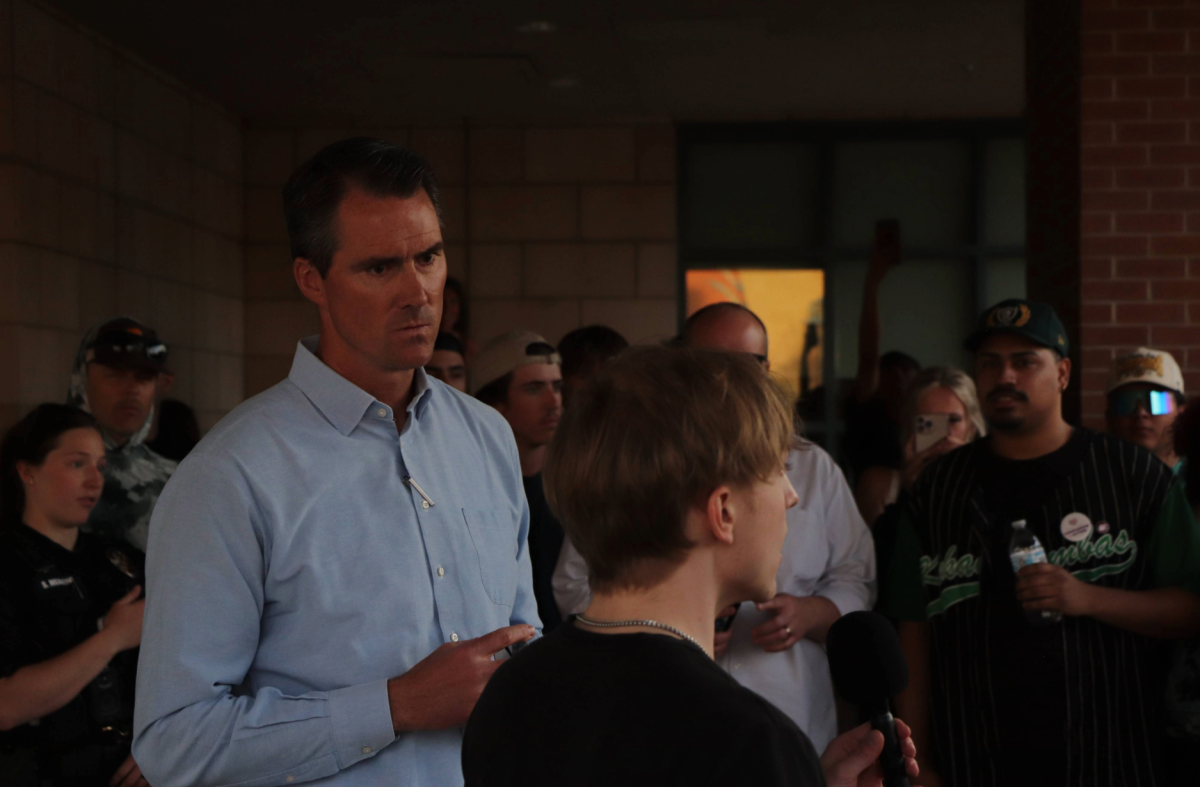

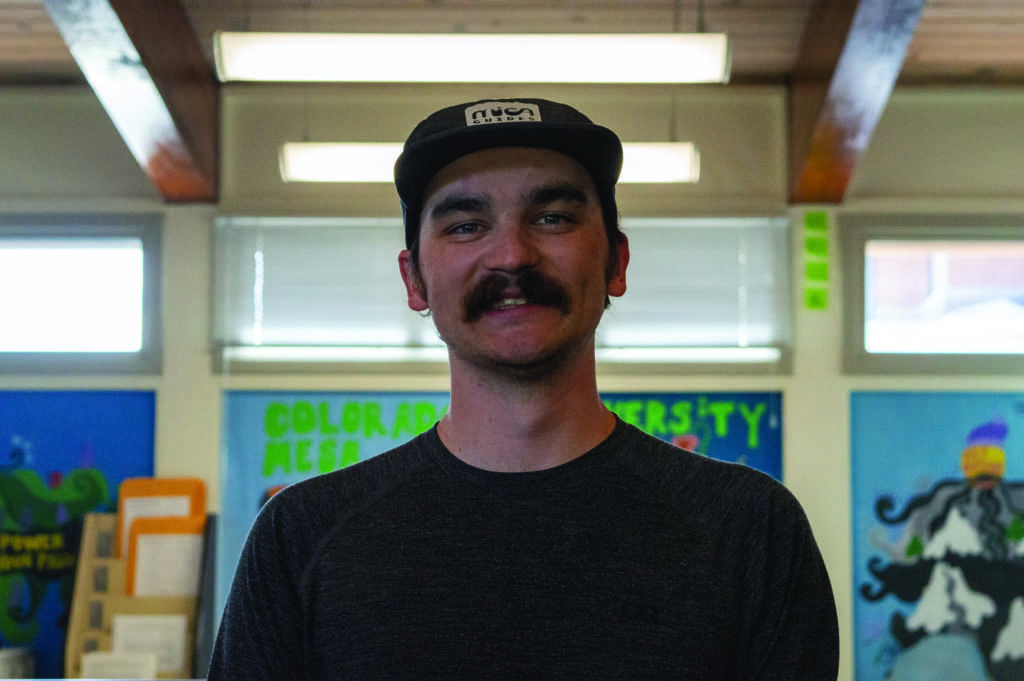
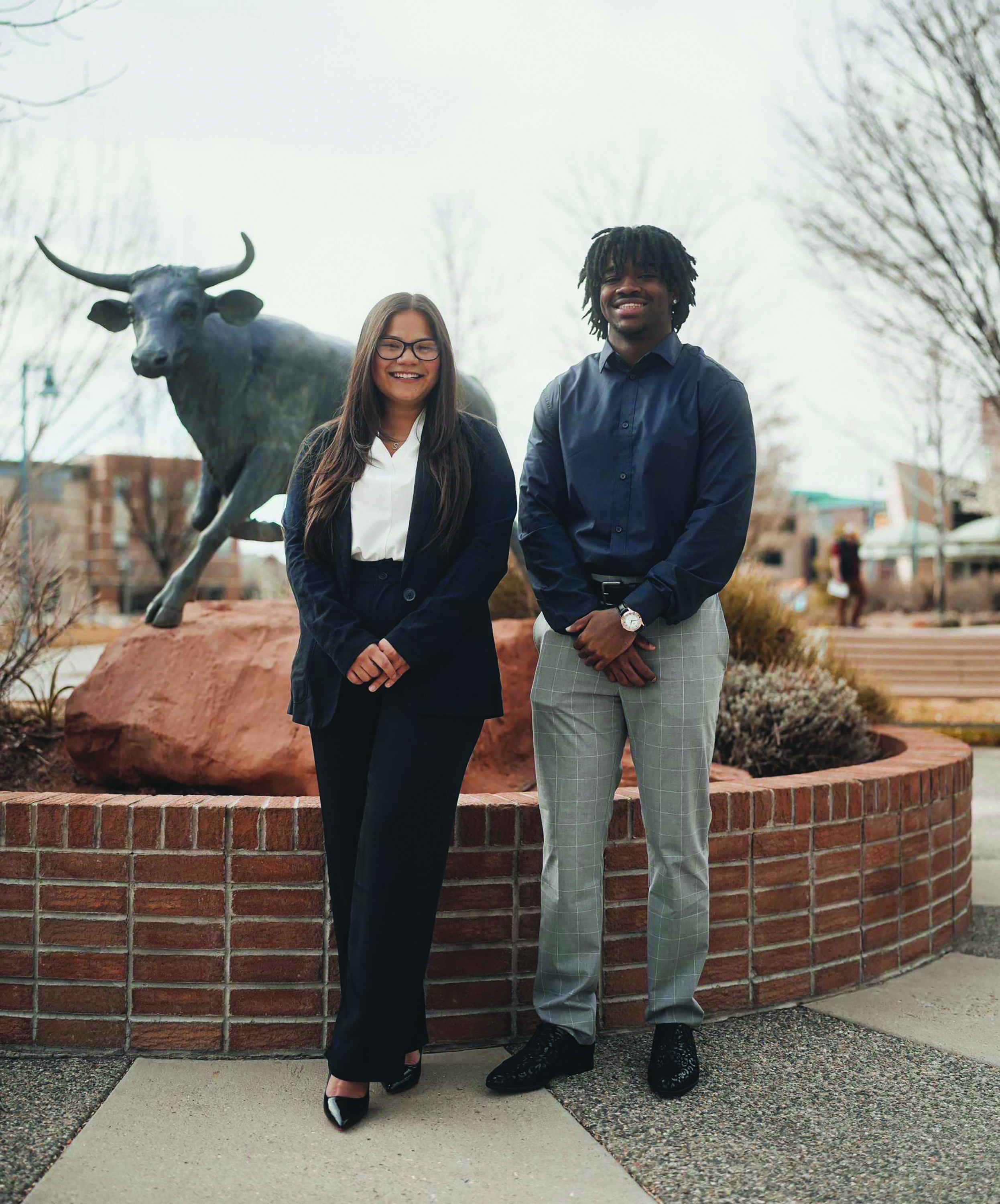
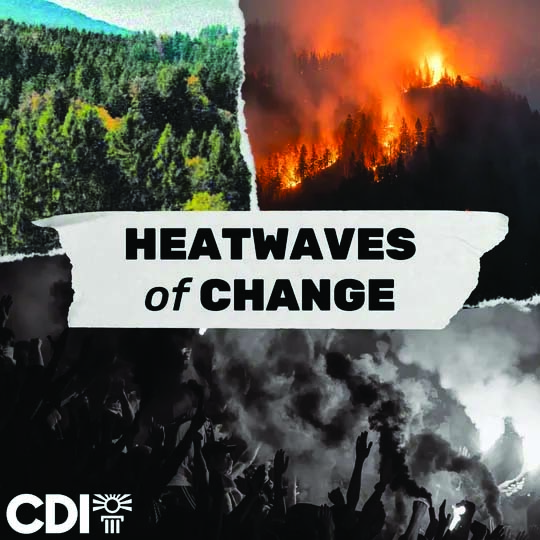
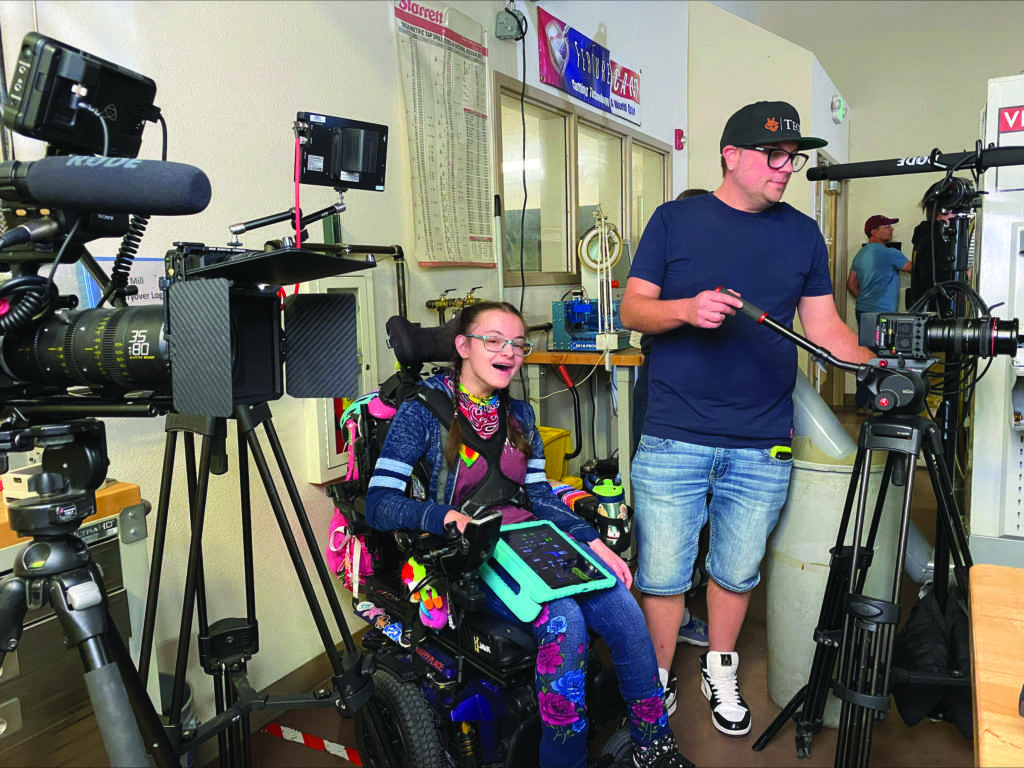
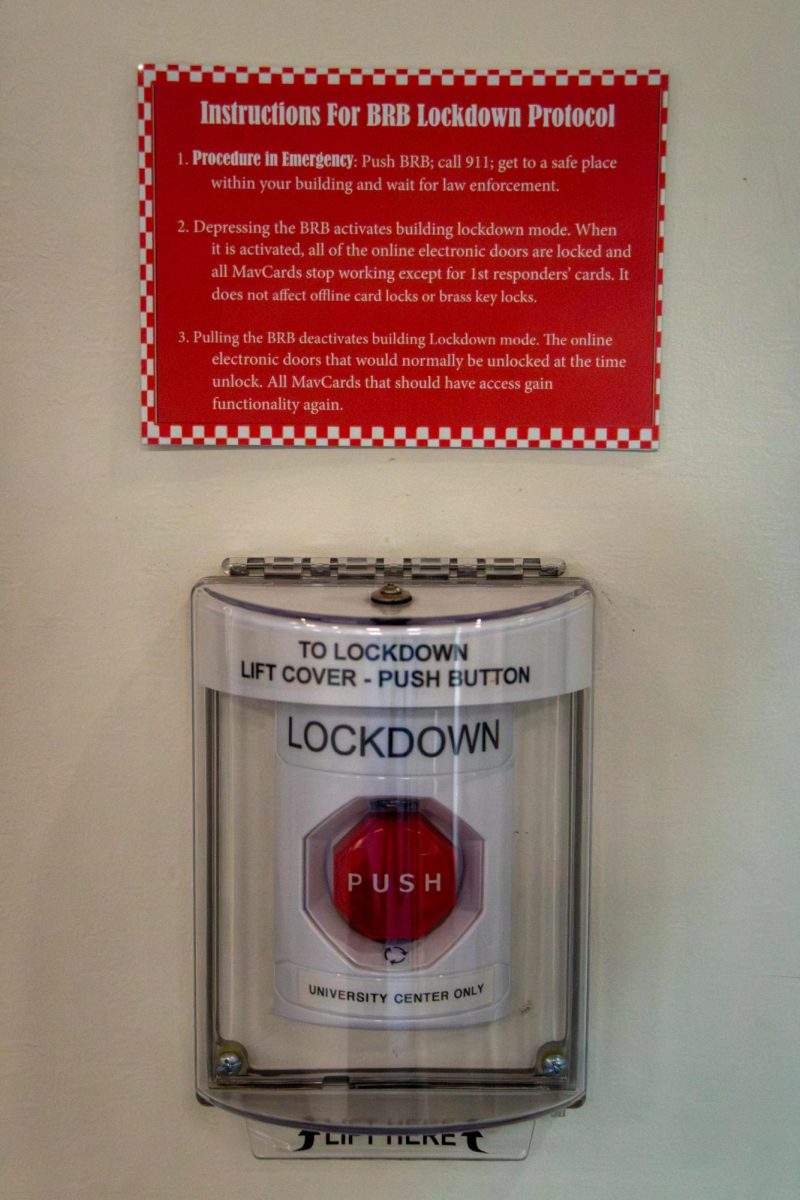
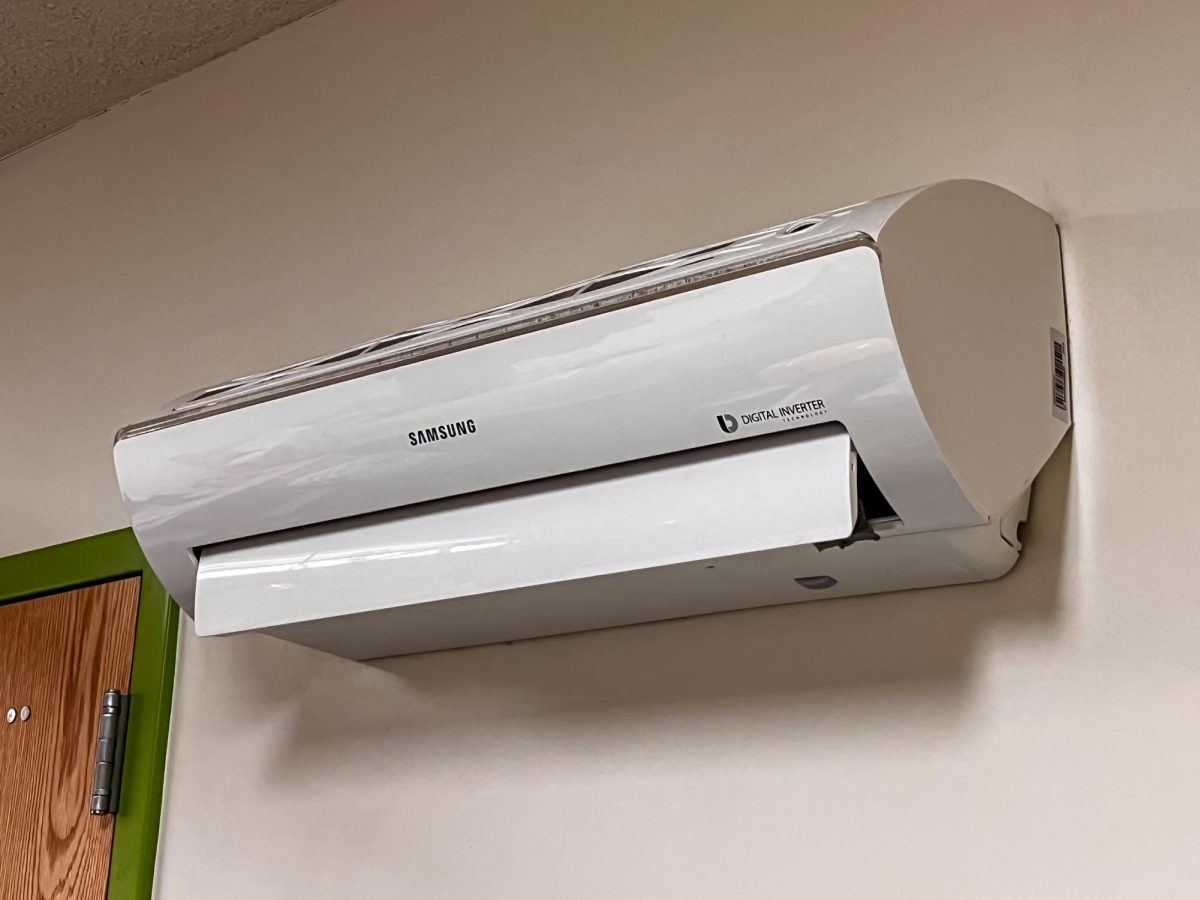
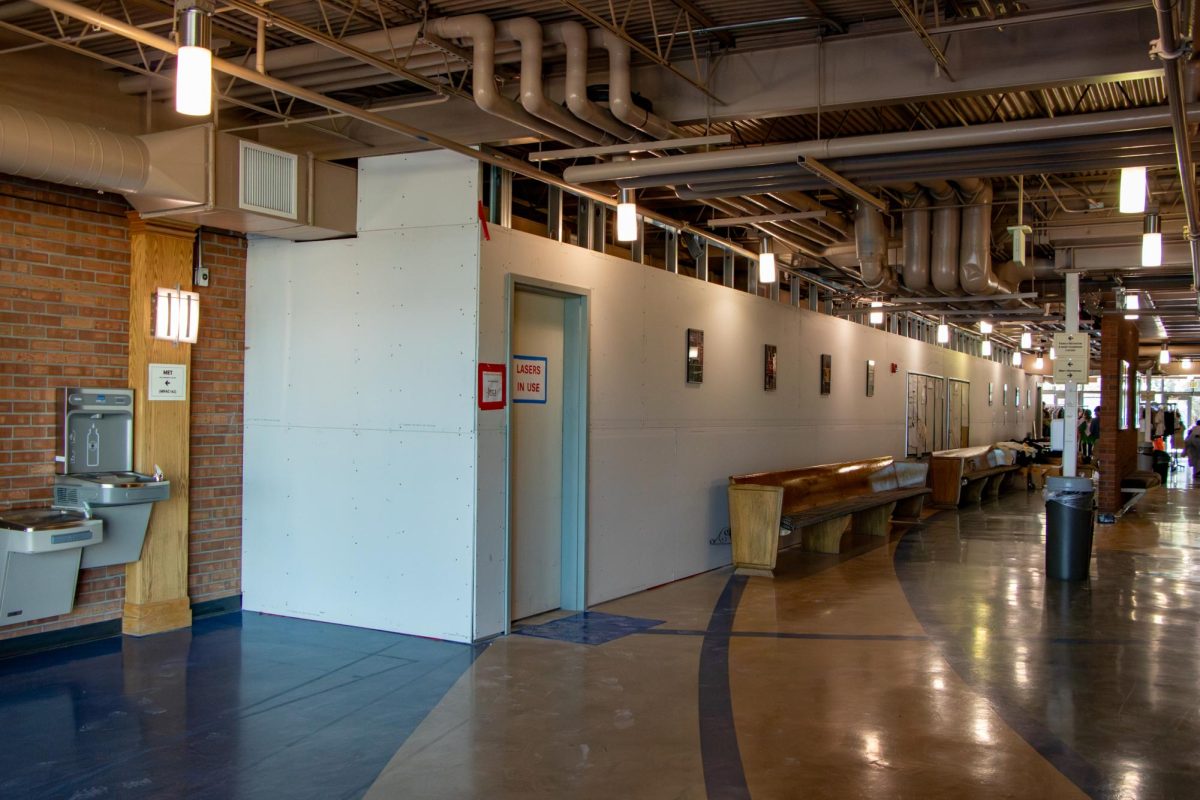
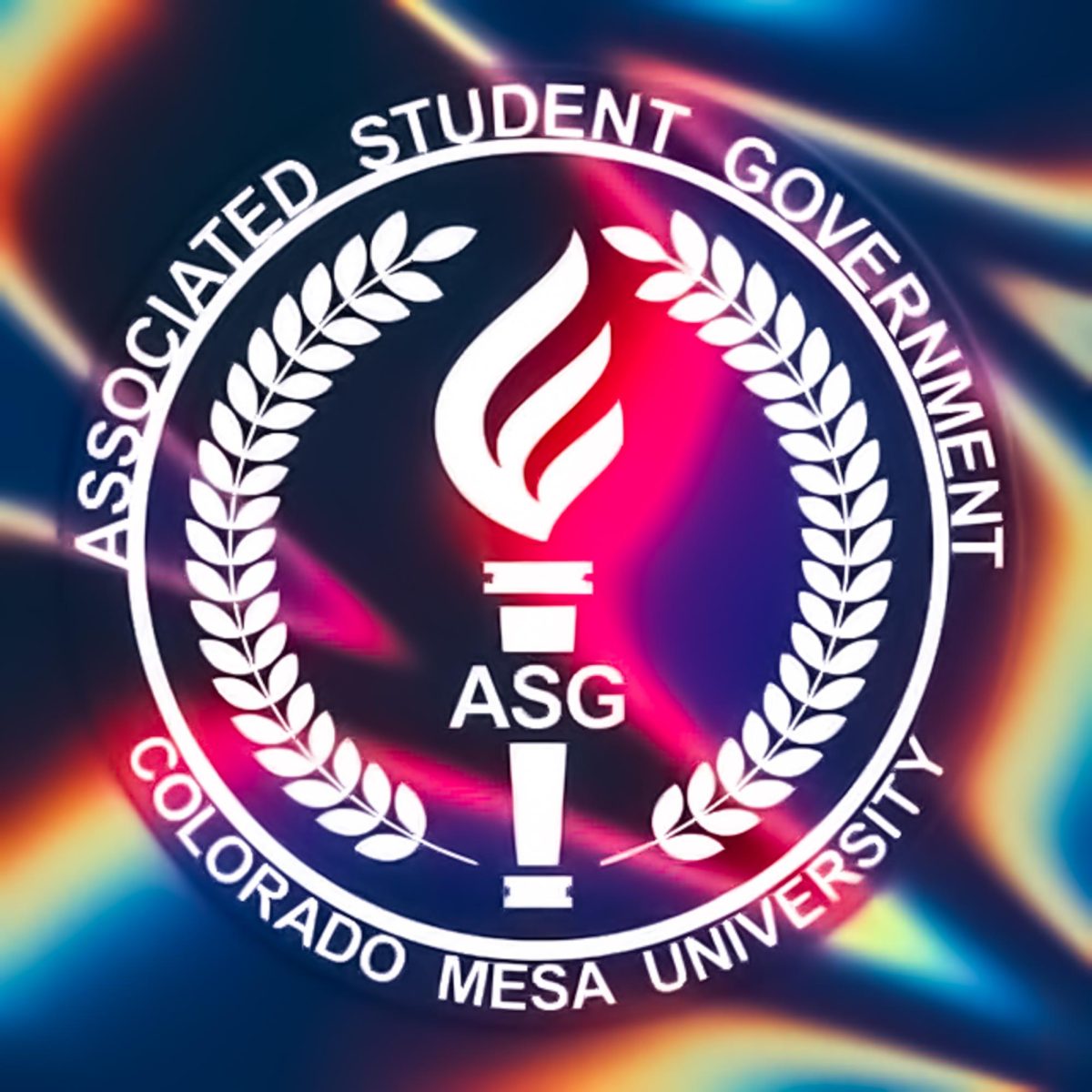
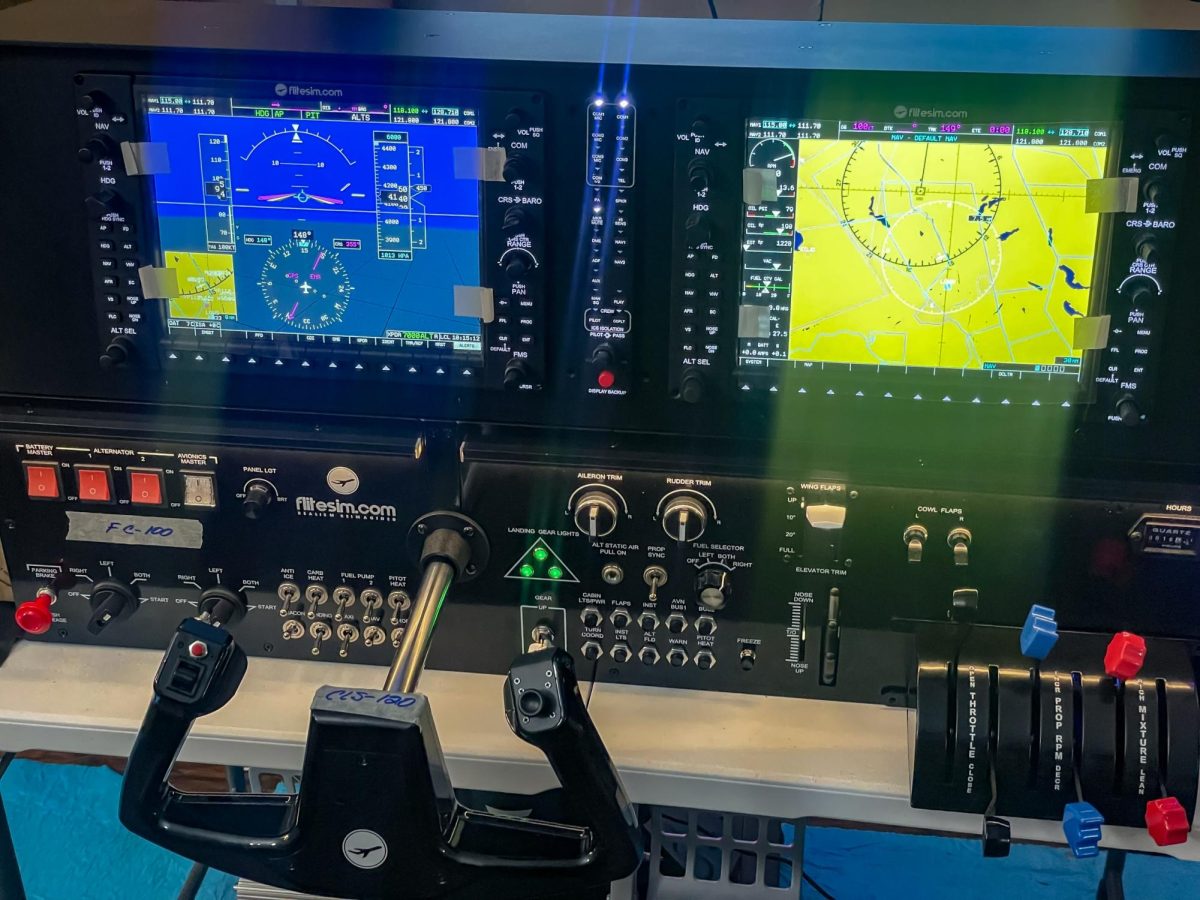
Michele Dennis • Apr 9, 2018 at 9:37 am
I think this is land that is in trust to the U.S. Government. This land should be turned over to the Native American’s to create a holocaust remembrance location. Every tribe has input in regards to that issue. It is time to recognize and honor those who suffered at the hands of the churches and government horrific tortures.